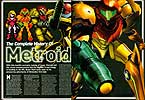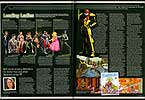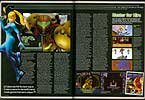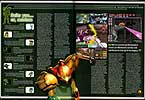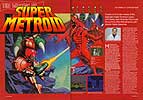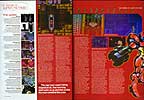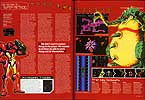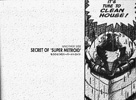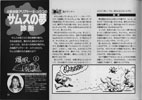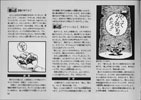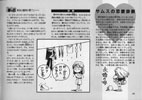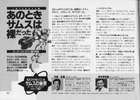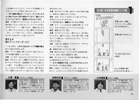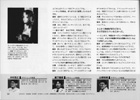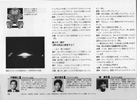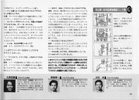Summary
After handing over the last remaining Metroid specimen in the galaxy to Federation scientists, galactic peace is shortlived when Samus receives a distress call from Ceres Space Station. Samus’s final mission on planet Zebes puts her up against Ridley, Kraid, Spore Spawn, Botwoon, Crocomire, Phantoon, and Draygon, along with Zebesian Space Pirates, which are all being controlled by the resurrected biotech AI, Mother Brain. Samus must stop the Mother Brain’s plans once and for all, while attemping to rescue the stolen Metroid hatchling from its evil clutches.
Other Releases
- SNES/SFC Classic Edition Mini Console on September 29, 2017
Release Date
From the moment you push the power button on your Super Nintendo Entertainment System, Super Metroid takes you on a fantastic journey, accompanied by the most eerie, atmospheric music the console has to offer. Super Metroid's soundtrack is heralded as one of the best game scores of all time, and it certainly deserves it: Kenji Yamamoto and Minako Hamano have packed every second of music with some of the most solid compositions on the system, and their legendary collaboration has defined expectations for all Metroid scores to follow. And arguably, the standards set by Super Metroid have not yet been equalled.
The game opens with a powerful, foreboding arrangement of the main theme to the original NES game, serving as a dark premonition. From there, players are plunged into the pounding drums and intergalactic gladiatorial fanfare of "Theme of Super Metroid", a fitting theme for the greatest warrior in the galaxy. Pay special attention to the melody, which references the classic "Samus Aran Appearance Jingle". From there, Yamamoto-san and Hamano-san take players on an aural safari of Planet Zebes, from the electronic jungles of Brinstar, to the malevolent drumming and Carmina Burana-esque choir of the burning ancient ruins of Norfair, to the melancholy liltings of Maridia's forgotten depths. Surely, Kenji Yamamoto and Minako Hamano had no idea these tunes would be received so well by game fans, but the quality and passion portrayed through these tunes, albeit on extremely limited technology, allowed players to become more intimate with their experience than ever before.
Super Metroid's score is deeply beloved, as testified by the large amount of remixes and fan-tribute albums (scroll down). Kenji Yamamoto even brought back a few of these themes into the Prime series, with arrangements of Norfair, Brinstar, and Ridley's theme, the latter of which is now a staple for the series. It's a testament to the game's legacy, and Super Metroid's excellence is not only enhanced by its music, but, like the game itself, it set the bar for every atmospheric soundtrack to come after.
Super Metroid "Sound in Action" is both one of the most famous, but also poorly produced Metroid soundtracks available. Sure, it has five totally awesome arrangements, but the rest of the soundtrack is badly arranged and recorded, and nowhere is this more evident than the Metroid soundtrack section, which was horribly butchered. The game was recorded using a Famicom's audio out jack at poor quality, and a good half of the tracks contain sound effects. I can't fathom why they decided to record it this way, but it gave the original score a bad name for over a decade. The Super Metroid section was better, but half the songs are either missing the first few notes or are cut off early or abruptly. This is an example of how not to do a game soundtrack. Sound in Action's only saving grace is the selection of brilliant arrangements by Yoshiyuki and Masumi Ito that continue to stand over eighteen years later as some of the best Metroid arrangements of all time. The soundtrack is available here in both MP3 (lossy) and FLAC (lossless) format for your convenience.
In the early 90s, Nintendo of America began experimenting with releasing game music albums in North America through Nintendo Power magazine. The first of these was Play it Loud!, which, despite being labeled "Volume 1", is the only album in the series. The soundtrack included selections from Legend of Zelda: A Link to the Past, Star Fox, F-Zero, and Super Metroid. The Super Metroid tracks were taken from the Sound in ActionCD, so although it is an excellent selection, it has all the problems the source album had. The only difference between this album and the source is the volume of the music has been boosted - they weren't kidding when they said, "Play it loud!"
Relics of the Chozo was the first album ever produced by Overclocked ReMix, marking the beginning of a long tradition of collaborative remix projects on the site. Released in 2003, RotC was conceived by Protricity, who also composed over half the music on the album, meaning most of it is in his style. An incredible feat, considering nobody had done anything of this scale before. RotC had a lot to live up to, but it maintains a consistent style similar to that found on the rest of OCR, with heavy doses of industrial and electronica. As Metroid Prime had recently been released, many of the tracks have significant references to the electronica style found in that game, particularly some of the opening tracks, such as "Premonition of Fell Purpose", "So It Begins...", and "Putting Down on Zebes". Check out the reference to "Kraid's Lair" in "Perceived by Cold Intelligence". A couple of my favorites are "Full of Life" and "Noumenon", but the whole soundtrack is pretty high quality and well worth the listen. VGM afficianados may also notice two the two tracks by Daniel Baranowsky, now famous for the Super Meat Boy soundtrack. Note the album was originally released in OGG and WAV, but since the former won't play on your iPod, and the second isn't practical, we've taken the WAVs and converted them to FLAC and MP3 for your greater enjoyment.
Reserve Tank: VARIAtions was a tribute album for bLiNd (Jordan Aguirre), a well-loved arranger on OverClocked ReMix who came down with colitis, an incredibly painful disease. DarkeSword and several other arrangers came together out of friendship for bLiNd and created a remix album for him based on his favorite game, Super Metroid. The album quality varies from poor to excellent, but the album was ultimately a tribute, an outpouring of love and support (along with dozens of Brinstar mixes), so there wasn't much in the way of quality control: you don't return a "get well soon" card because the handwriting sucks. Still, because there's close to two hours' worth of music here, I'll list a few of my favorite tracks: Heat Vision, Edenal, Lonely Petals, bLiNd Metallic Hope, bLiNd's Snowy Brinstar, The Galaxy Awaits, Kindred, and The Man Who Could Suddenly See. There are plenty of liner notes as well as some original art on the album's homepage. And bLiNd (who did not die) went on to arrange dozens more songs at OCR and added his own excellent "thank you" remix.
Game Music Concert was a series of orchestral arrangements of Nintendo game music by the Tokyo Symphony Orchestra. For their fourth album, they produced a glorious orchestral arrange of Super Metroid. This magnificent epic contains masterful arrangements of "Theme of Super Metroid", "Crateria - The Space Pirates Appear", Green and Red Brinstar, and the ending theme. This piece is still used today in part by Video Games Live. The second piece is an arrangement from the 2010 concert Symphonic Legends, held 23 September 2010 in Cologne. The concert was conducted by Niklas Willen and arranged by Jonne Valtonen. This piece is darker, and almost entirely amelodic, similar in style to Strakovsky's "Rite of Spring", though this distorts many of the tracks, which include "Space Pirates Appear", "Theme of Samus", and an incredibly eerie "Tourian"). The rip was provided by PrimeBlue and was taken from the live audio streaming, which was broadcast at 128kbps, hence the bitrate. As of this moment, it is the highest-quality recording publicly available. Also included are the MC's comments (in German).
[HEY GAIYZ WE MISSING TRACKZ HERE]
Download the entire map of the game here. Warning: very large image file (15MB, 17,408 x 15,616 px)![]()
Hacks
- Eris
- Eris – Areas
- Golden Dawn
- Dependence
- Cliffhanger
- Searching for Items
- Redesign
- Metroid Super ZeroMission
- Metroid Super ZeroMission (Screenshot map)
- Legacy
- Ice Metal Uninstall
- Phazon Hack
- Escape from Planet Metroid
- Escape 2
- Advent
- Redesign: Axeil Edition
- Hydellius
- Hyper Metroid
- Stardust
- Hyperion
- Exercise
- Darkholm Hospital
- Z-Factor
- Pantheon
- Life
- Limit
- Oxide
- Mockingbird Station
- Digital Cube
![]() For the latest 2D Metroid maps, including hacks, please check out Metroid Map Station!
For the latest 2D Metroid maps, including hacks, please check out Metroid Map Station! ![]()
Super Metroid Player’s Guide (1994, Nintendo)The Nintendo Player’s Guides provide the most thorough disassembly of the games they cover, and the 120-page Super Metroid volume is no exception. Complete walkthrough and in-depth looks at every little detail of the game. Also has a “shortcut” method of beating the game for the best time. An excellent book to have in your collection, although stay away from ANY of these guides if you’re trying to do it yourself, because they do give away EVERYTHING. Click thumbnail to download. (PDF, 33MB) Guidebook scans from Underground Gamer. |
Super Metroid Unauthorized Game Secrets (1994, Prima)A black and white guidebook that’s got pretty good info in it, around 160 pages with an 8-page color insert. Not bad, but not the greatest. |
Nintendo Power, Volume 59, April 1994. Pages 35-39.
|
Nintendo Power, Volume 60, May 1994. Pages 8-19.

A really nicely laid-out examination of Crateria, Brinstar, and Norfair. Doesn’t reveal too many secrets, but gets you up to the battle with the Norfair mini-boss, Crocomire. Of course, it’s not as in-depth as the Super Metroid Player’s Guide, but still a fair-sized magazine piece at 12 pages. It also contains a review of the game. Magazine scans from Underground Gamer.
Nintendo Power, Volume 95, April 1997.

Contains a complete “time trial” walkthrough of Super Metroid which, when completed quickly and successfully, earns you the best ending. Printed in April 1997 to coincide with the release of the “Player’s Choice” edition of Super Metroid. Magazine scans from Underground Gamer.
Game Players, Volume 7, Number 5, May 1994.

Holy Ice Beams, Batman! I couldn’t believe my eyes when I saw this little beauty in a used game store. This is an OLD, obscure magazine that has a feature of Super Metroid in it! While most old videogame magazines have little important information in them to the contemporary gamer, this has a LOT of historical information about the most beloved Metroid game ever made! In the interview with Yoshio Sakamoto, Super Metroid’s director, we learn that it took six months to get approval for the game and another two years of actual programming and development! The Super Metroid team consisted of 15 people – we also find out that many of them were in their late 20s or early 30s (Minako Hamano was the exception, aged 24 at the time) and all of the team had considerable experience working on either earlier Metroid games or games directed by Gumpei Yokoi (Minako Hamano’s claim to fame was working as a composer on Legend of Zelda: Link’s Awakening). It is thus not surprising that such a small, experienced team with a longer schedule was able to create such a masterpiece. Also, there is an interview with Shigeru Miyamoto – apparently, Pac-Man was still his favorite non-Nintendo game WAY back in 1994 – and yet reporters continue to ask him this question today. Videogame journalism sure doesn’t have much of a memory…
Super Play, Volume 19, May 1994.
Another blast from the past, this time from the UK magazine, Super Play. This is a two-page preview of what’s coming out from Japan. Apparently, the kid in the pictures won a contest to be one of the rare few to take a look inside Nintendo’s R&D department. Not only was he greeted by our man Gumpei Yokoi, but he also got to meet Shiggy (back when his hair wasn’t all gray). Mr. Miyamoto and Mr. Yokoi certainly look happy in these pictures! What is most significant about this article though is it has a description of Mr. Miyamoto playing Super Metroid – and being very excited about it! Discovered through Retro Mags via Underground Gamer.
Super Play, Volume 20, June 1994.

Here’s another amazing Super Metroid article from next month’s issue of Super Play. In it, we find some excellent anime-style Samus artwork (apparently, Super Play had a resident artist who drew everything anime-style) along with a nice feature. Apparently, the editors weren’t as amazed by the game as those in the States – they gave the game a 92%! Admittedly, they liked it better than Mega Man X, their previously favorite title. Lastly, we have a lovely ad of Samus after she’s just kicked some serious alien parasites – she wants you to buy Super Play. How can you resist a face like that? Look a her helmet, and you can see the amazing cable connections they have in the future 😛 Discovered through Retro Mags via Underground Gamer.
Super Metroid GamePro Pro Strategy Guide (GamePro, Volume 60, July 1994. Pages 81-96)

Part one of a recently discovered 16-page guidebook from a back issue of GamePro. It’s a pretty barebones walkthrough of the game with overviews of basic skills, items, and enemies along with a ‘key point’ guide that is unfortunately organized by location rather than numerical order. They also lack proper names for many items and enemies. Discovered through Retro Mags via Underground Gamer.
Super Metroid GamePro Pro Strategy Guide (GamePro, Volume 61, August 1994. Pages 124-126)

Part two of GamePro’s walkthrough. Discovered through Retro Mags via Underground Gamer.
EGM Super Metroid Coverage (EGM, Volumes 56, 59)
EGM was a really poor magazine (and I suppose still is). Game coverage is scant at best and roughly 50% of the rag is ads. The short, low-info articles are full of errors. It’s almost enough to make you sad for anyone who bought this magazine. Here are some rather meager offerings from one volume. Discovered through Retro Mags via Underground Gamer.
Super Metroid Previews (EGM, GamePro, Nintendo Power)
Here are a collection of previews for Super Metroid, particularly announcements from CES. Included is a short blurb with an image of the legendary Dan Owsen (hey, I thought he was taller!). Discovered through Retro Mags via Underground Gamer.
Super Metroid in Europe (Nintendo Megasinet, Nintendo Player)
The MDb is always looking for rare and obscure Metroid information, and some of that includes foreign coverage. Here is coverage from France and the rest of Europe. We currently don’t have scans from inside Nintendo Player. Scans from Underground Gamer and Abandonware Magazines.
Retro Gamer Magazine, Issue 65. July 2009. Pages 26-33, 58-63.

Retro Gamer Magazine, a UK-based gaming mag focusing only on retro games of years past, featured Super Metroid as their cover story for issue 65. The shiny metallic red cover is a great collector’s item for any Metroid enthusiast. The issue sports an excellent, exclusive interview with Metroid Director, Yoshio Sakamoto, as well as touches on Samus’s past, present and future.
Super Metroid Guide, May 1994. Pages 86-95.

The Super Metroid Strategy Guide, only released in Japan, not only features a great strategy on how to survive the depths of Zebes, it features an incredible interview with the development team and a fortune teller who reads Samus’s nightmares. Scans provided graciously by VGMStudios.


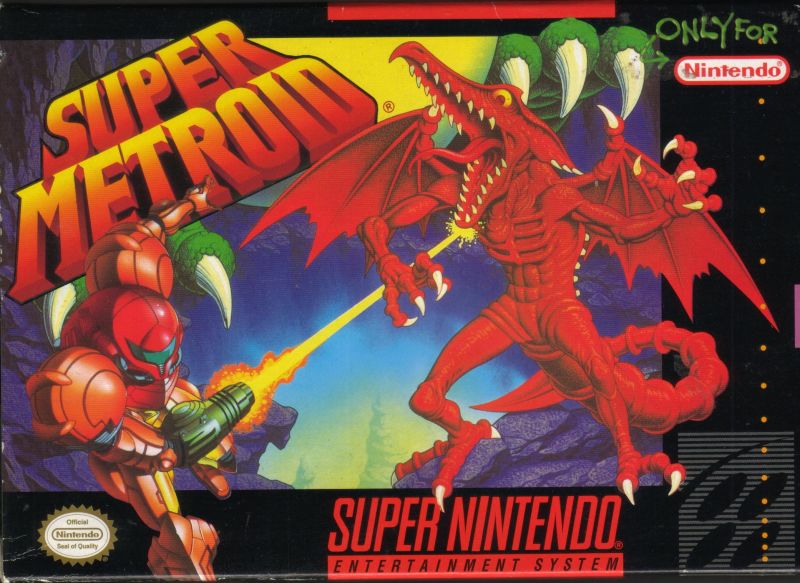


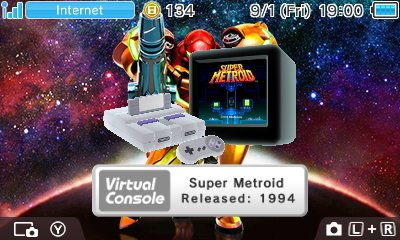
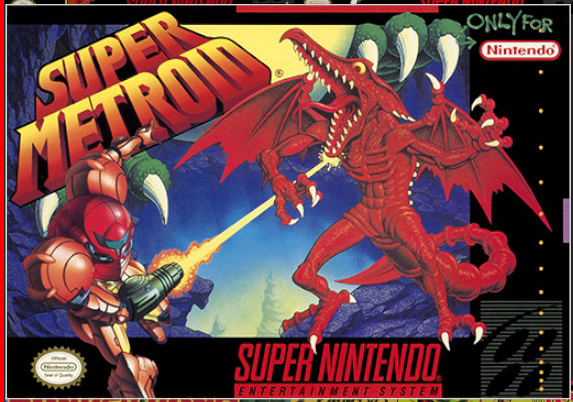

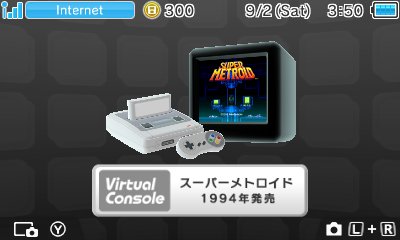


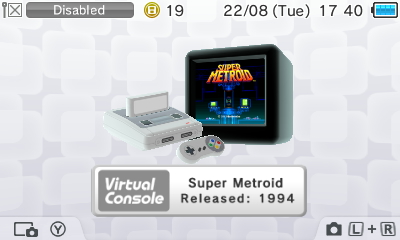
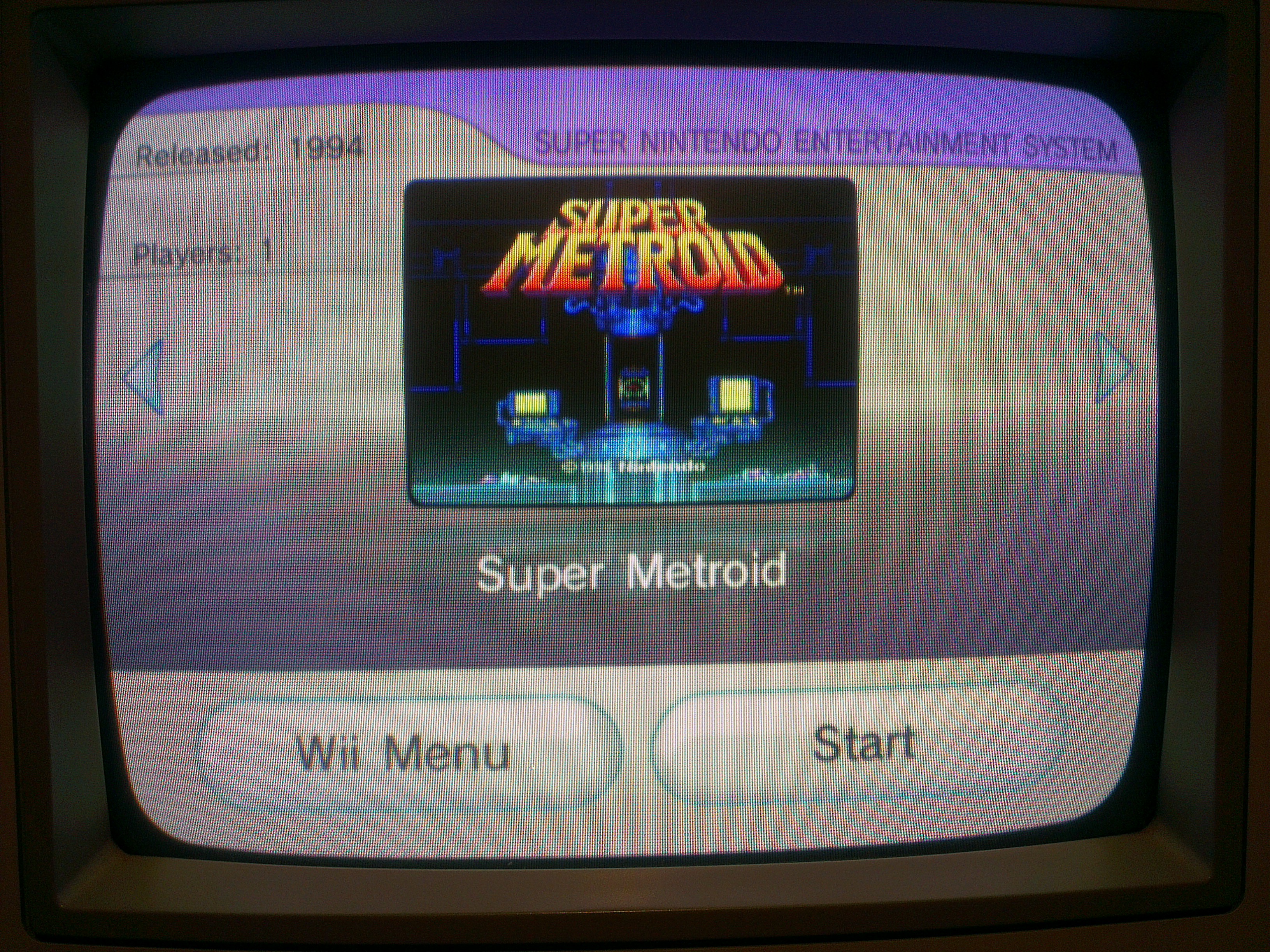
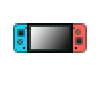
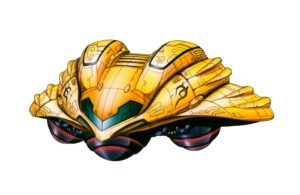
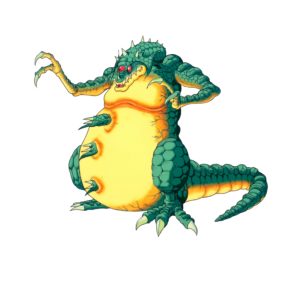
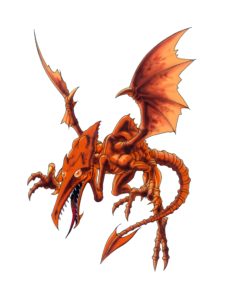
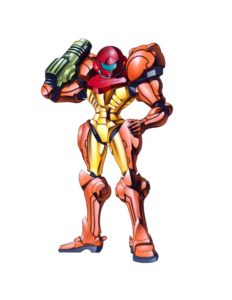
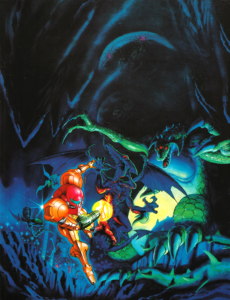
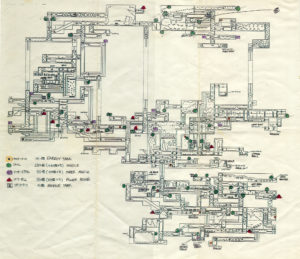
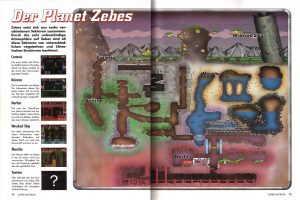
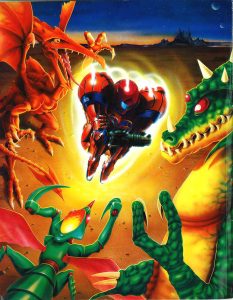
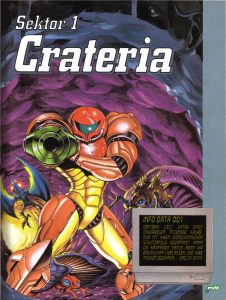
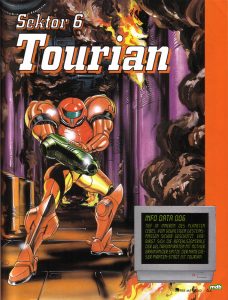
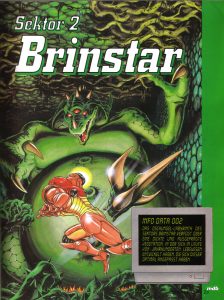
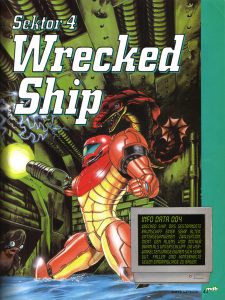
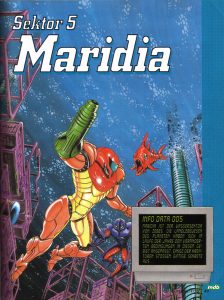

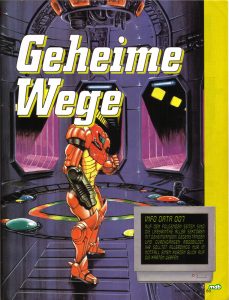

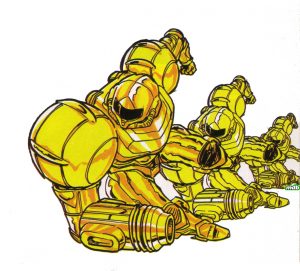
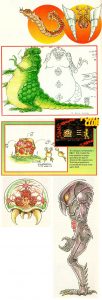
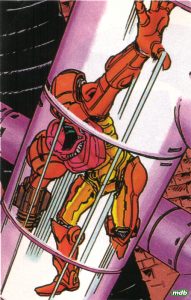
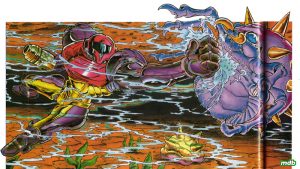



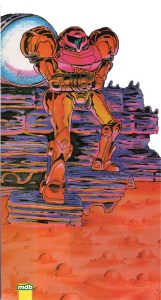
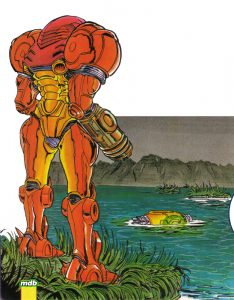
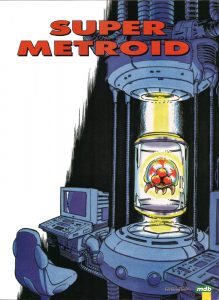
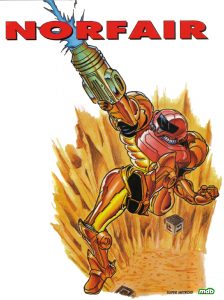
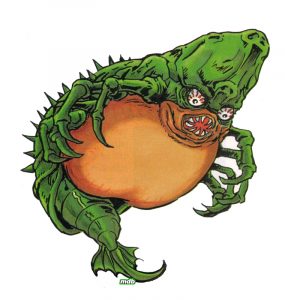
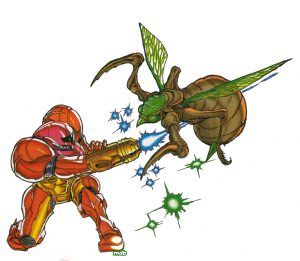
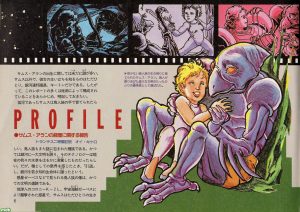

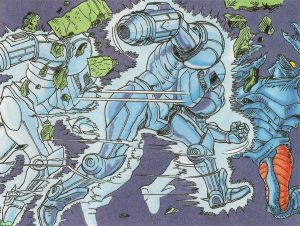
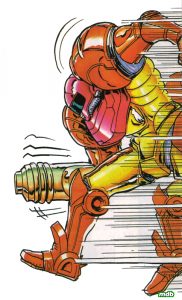
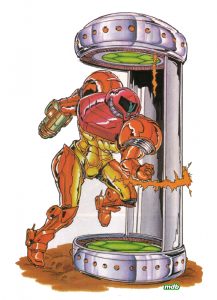
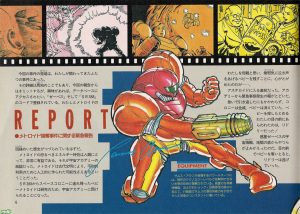
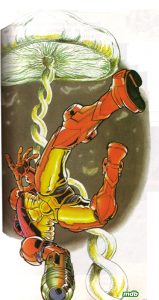


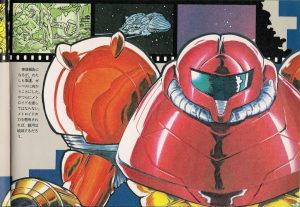
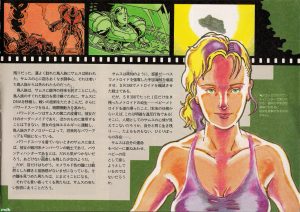
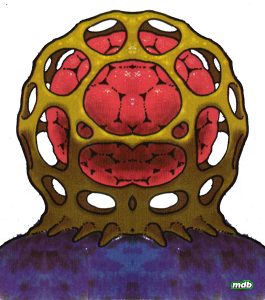
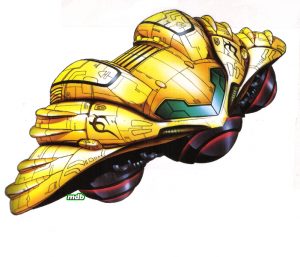
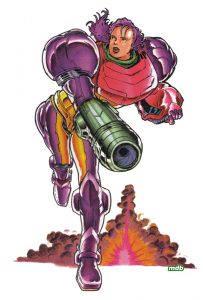

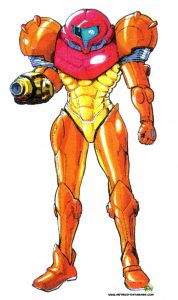
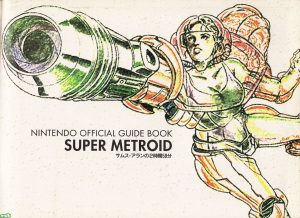
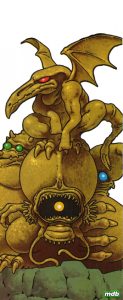

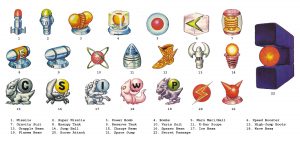
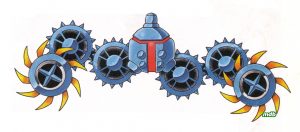
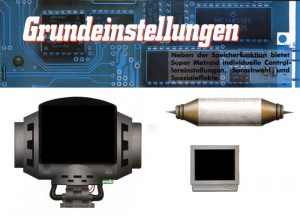
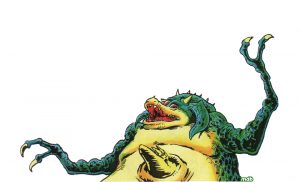
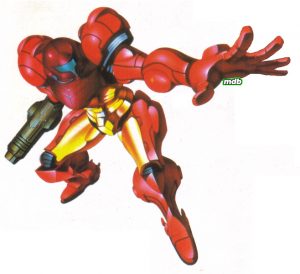
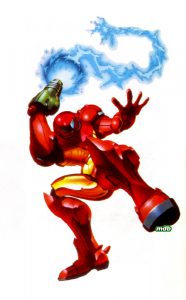
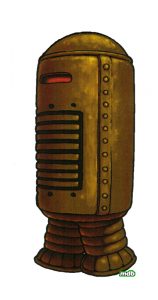
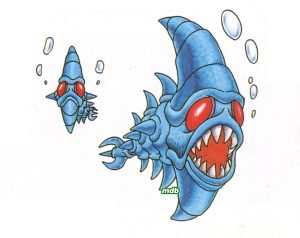

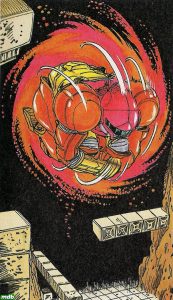
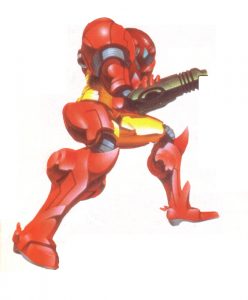
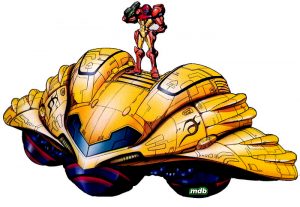
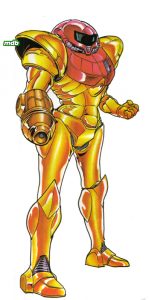
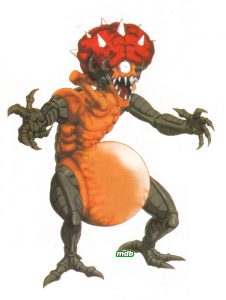
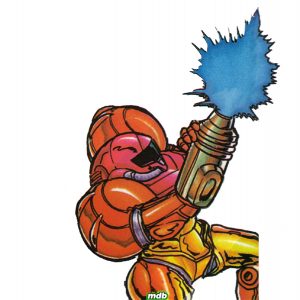

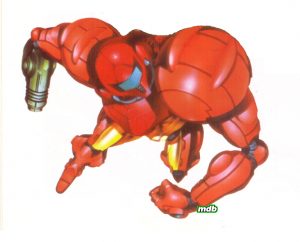
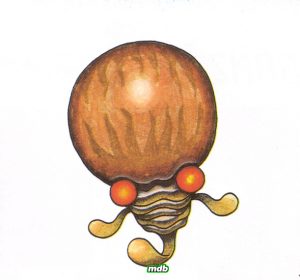
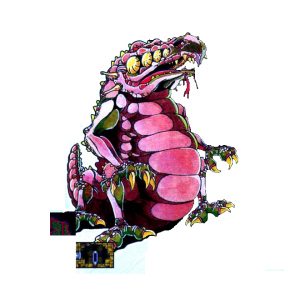
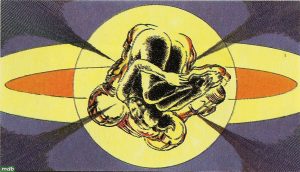
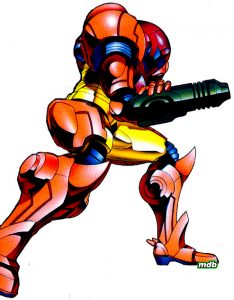
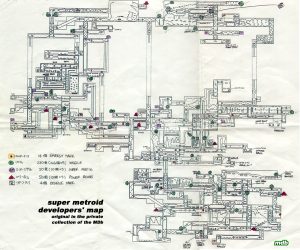


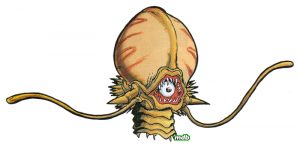
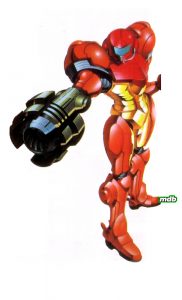
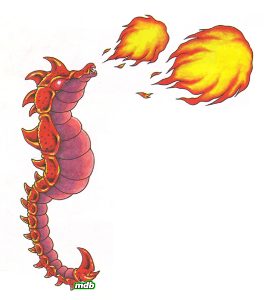
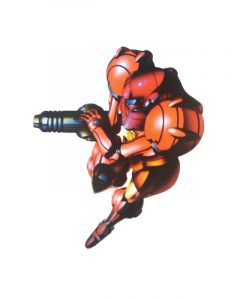
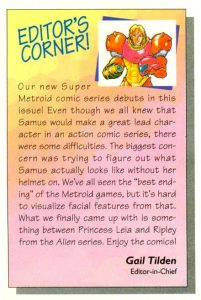
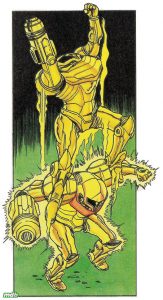
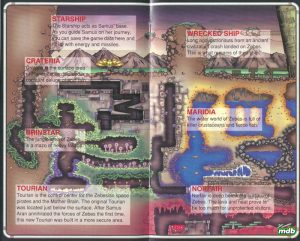

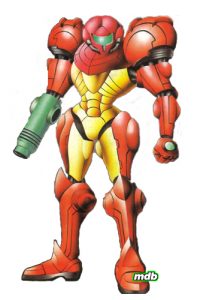
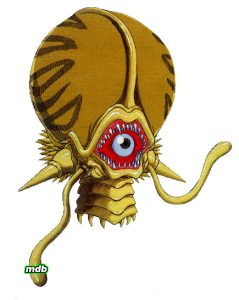
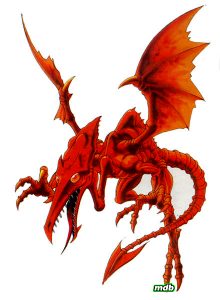
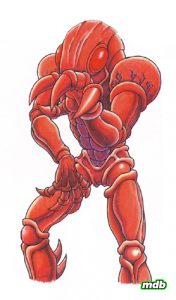
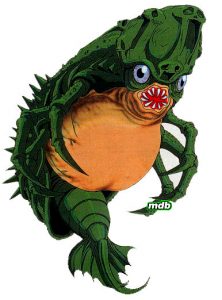

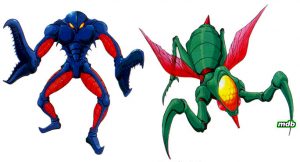
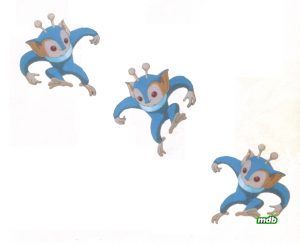
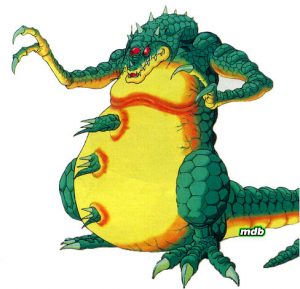
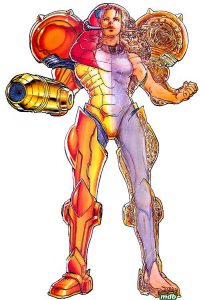
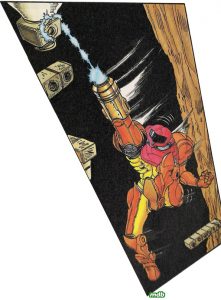
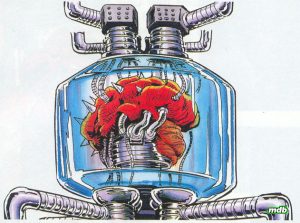
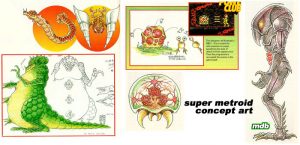
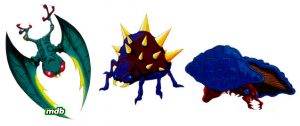

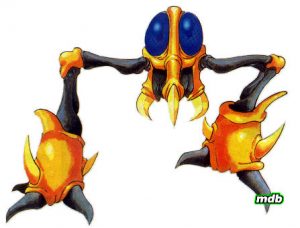
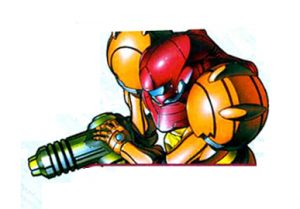

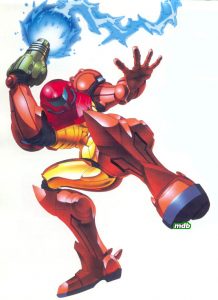
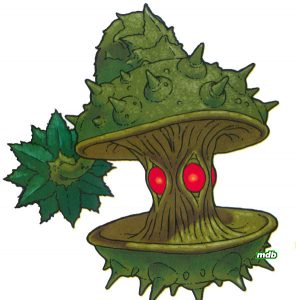
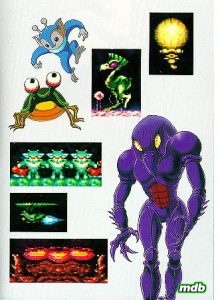
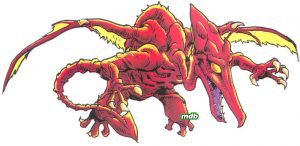
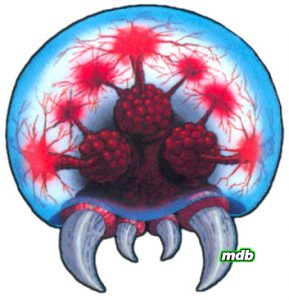

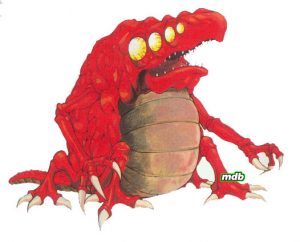
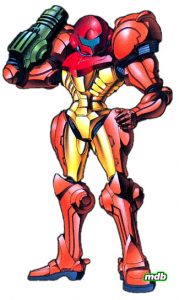
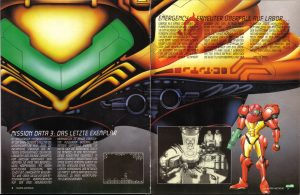

 Back to Art Galleries
Back to Art Galleries
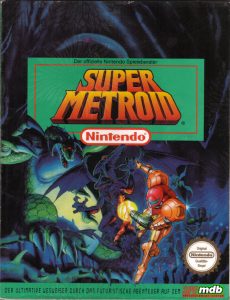

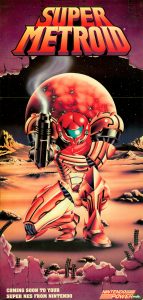

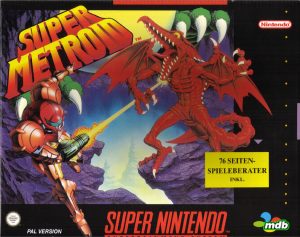
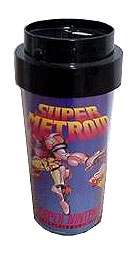
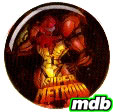

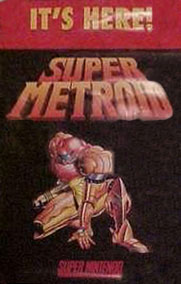

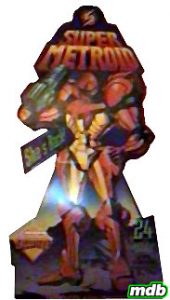
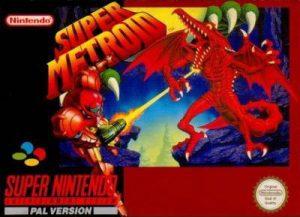
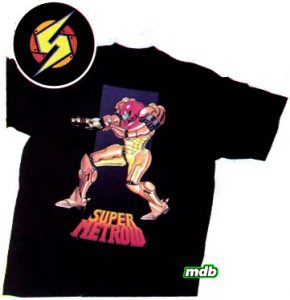
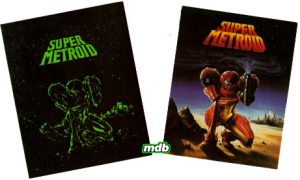
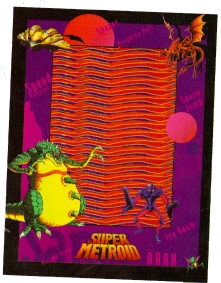
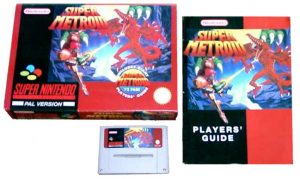
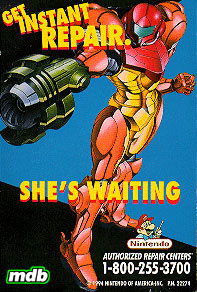

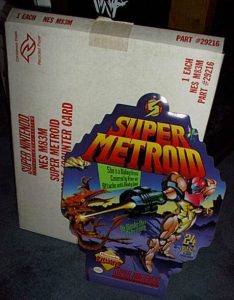
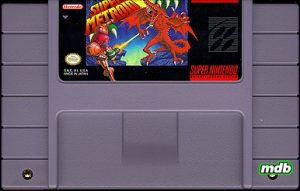
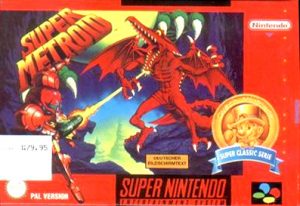
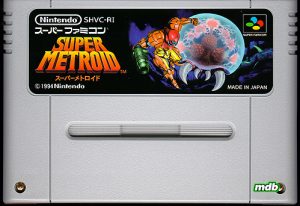
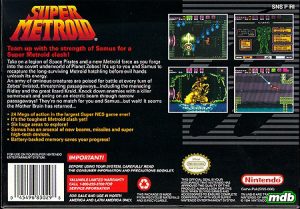


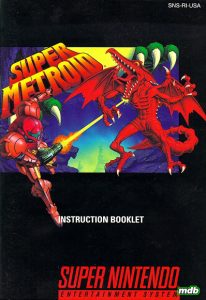

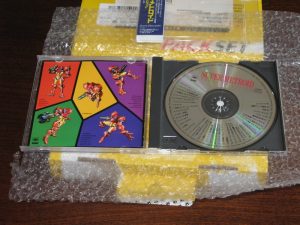
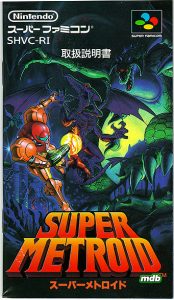
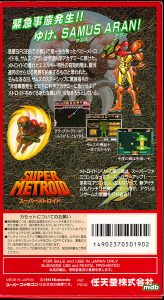
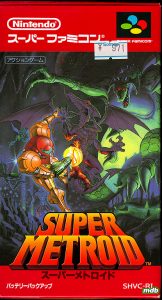
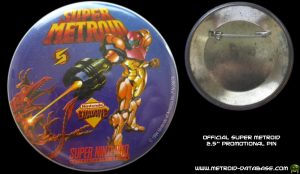
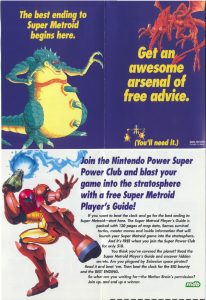

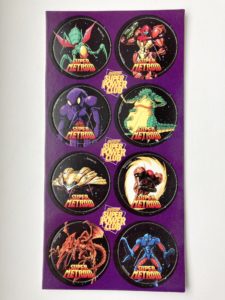
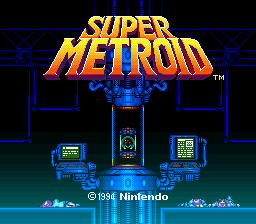
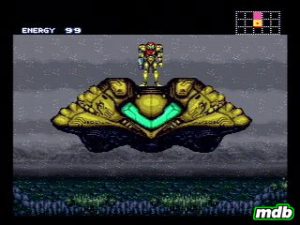

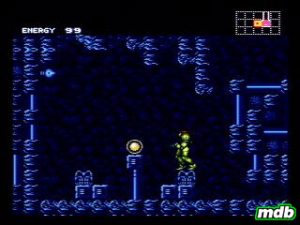
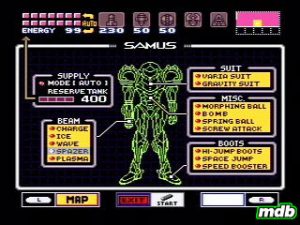
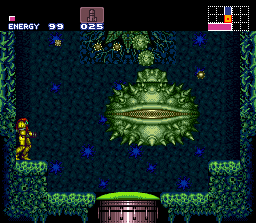
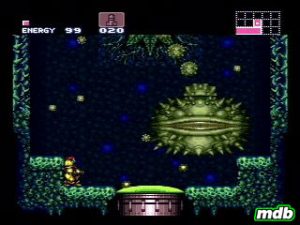

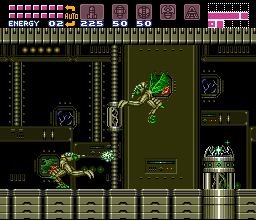
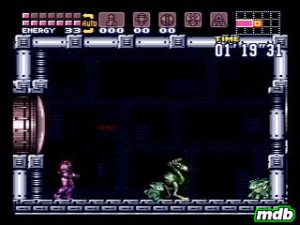
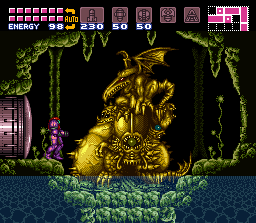
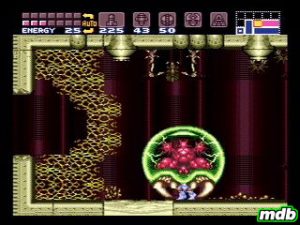
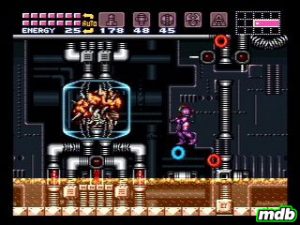

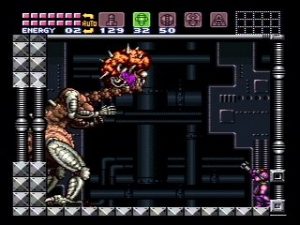
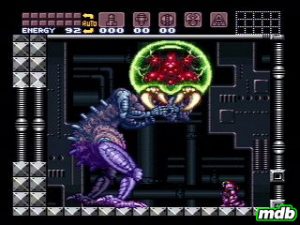
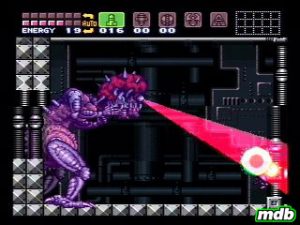
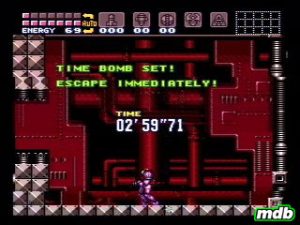
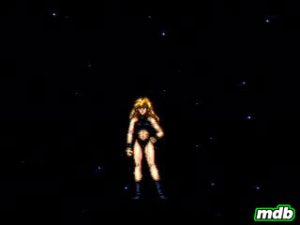
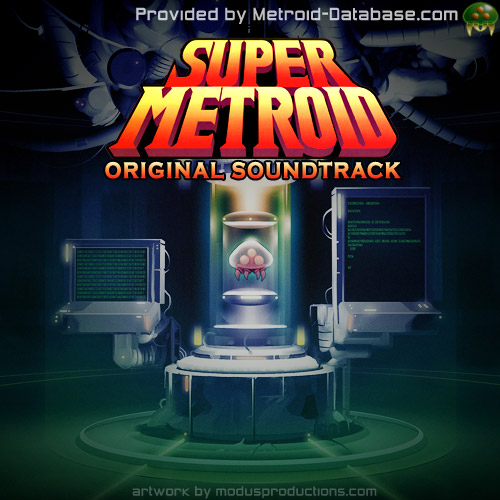


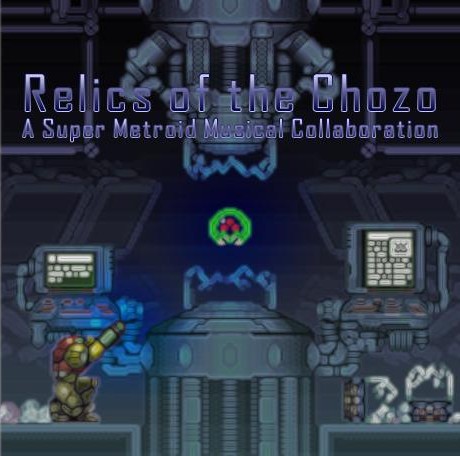

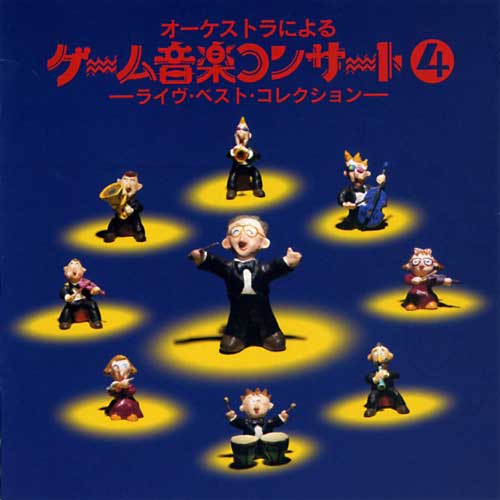
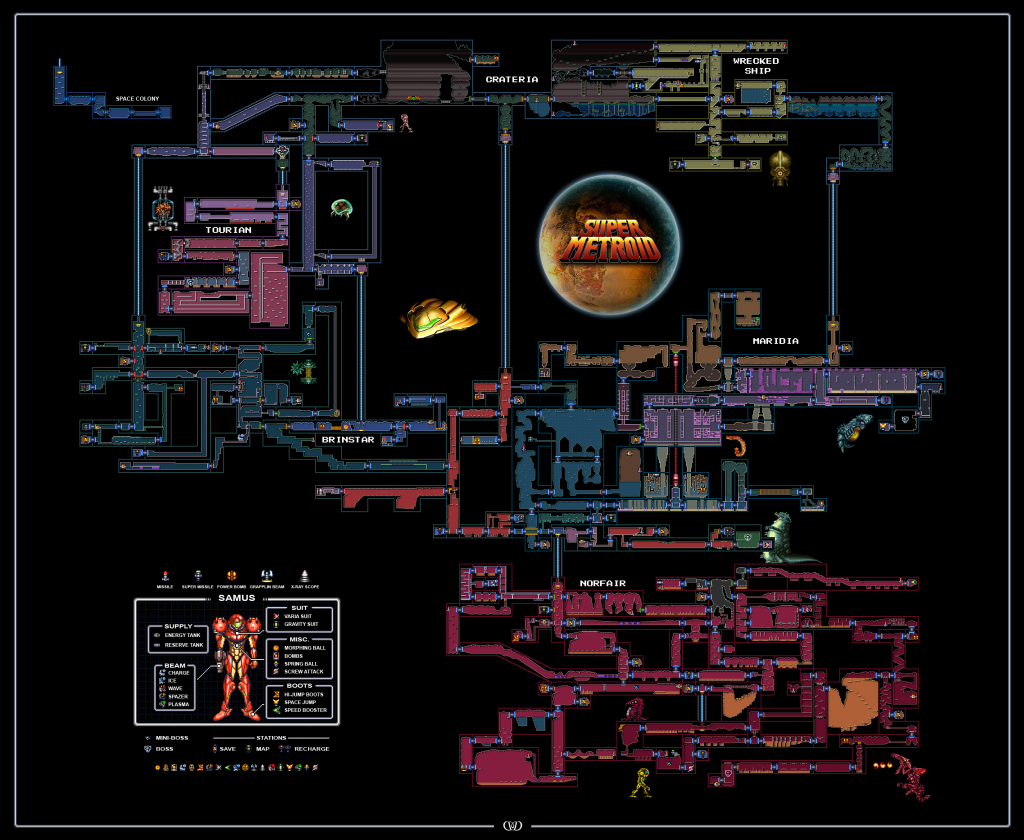
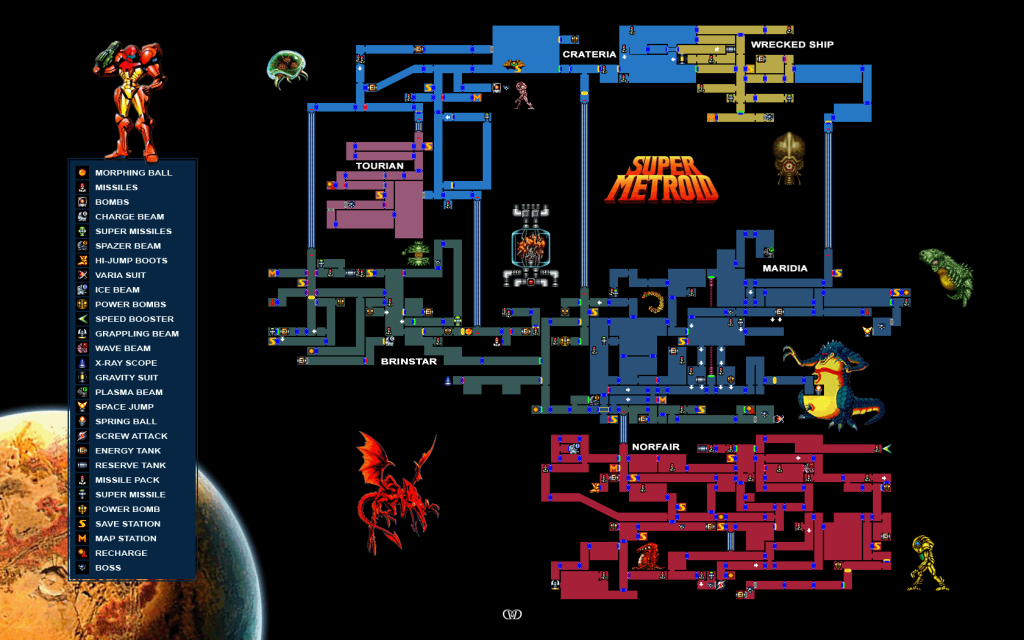
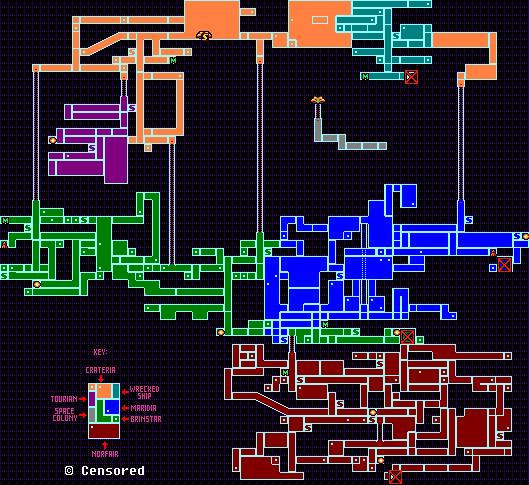
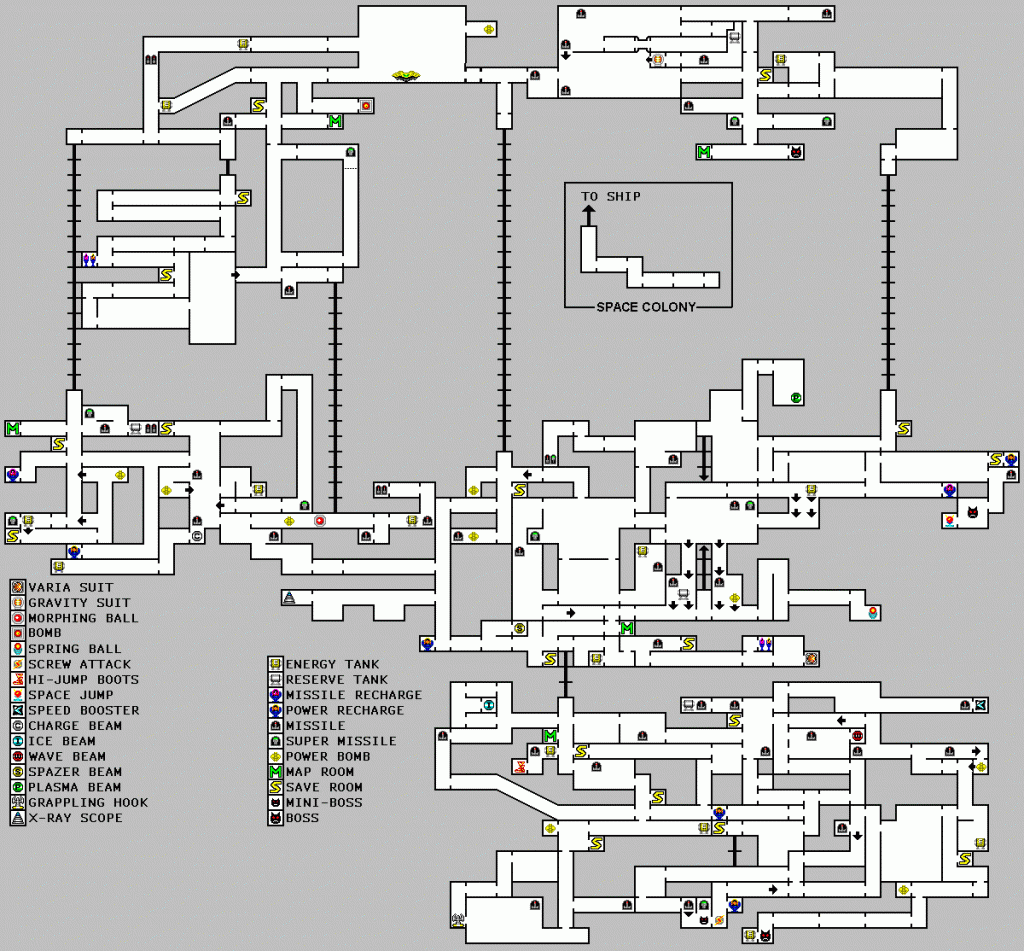
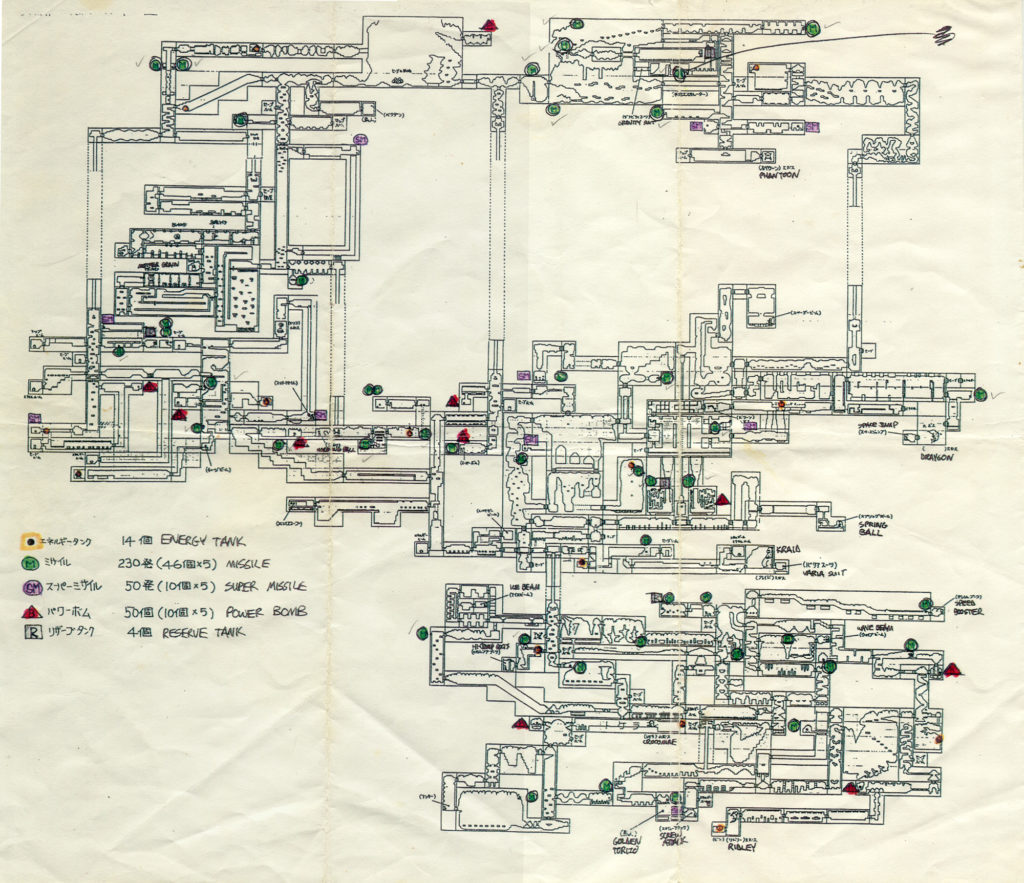
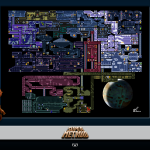

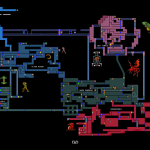
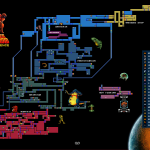
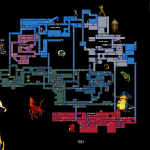
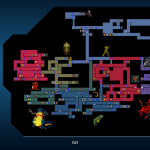

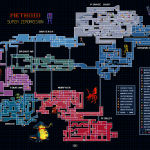
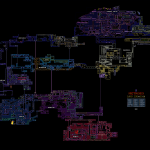
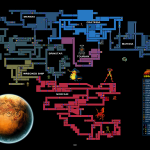
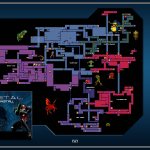
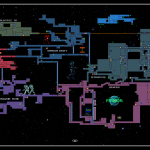
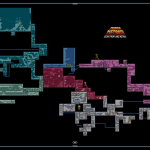
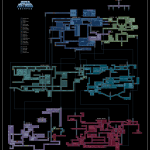
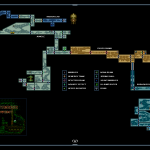
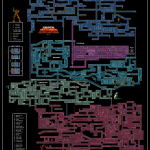
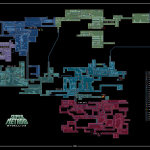
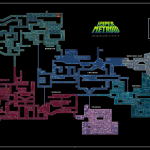
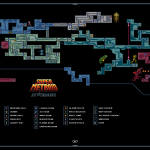


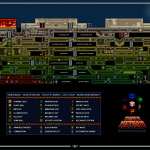
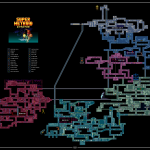
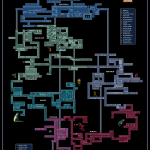
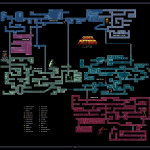
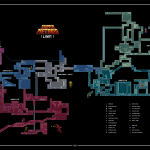
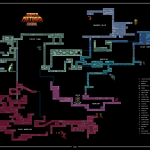
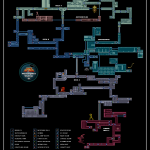

















_thm.jpg)
_thm.jpg)
_thm.jpg)
















_thm.jpg)
_thm.jpg)

